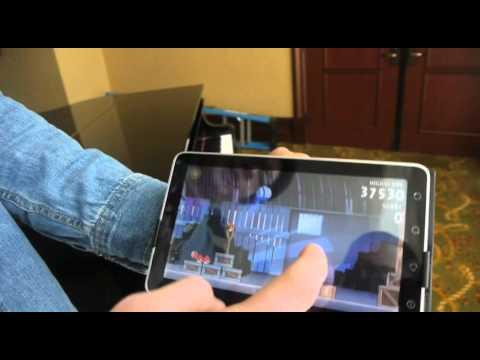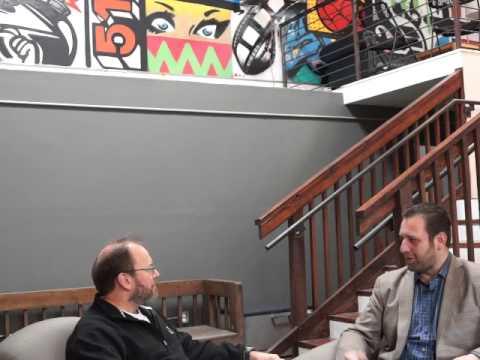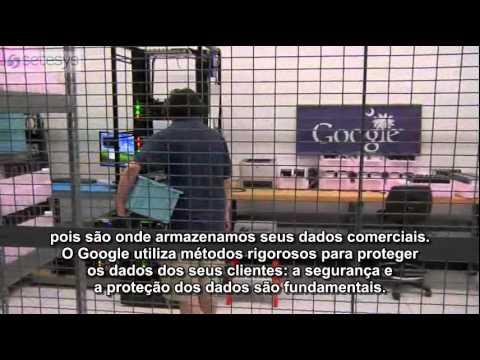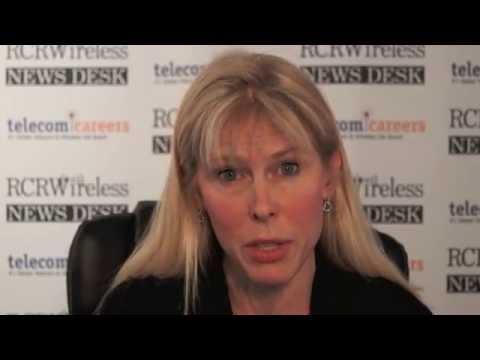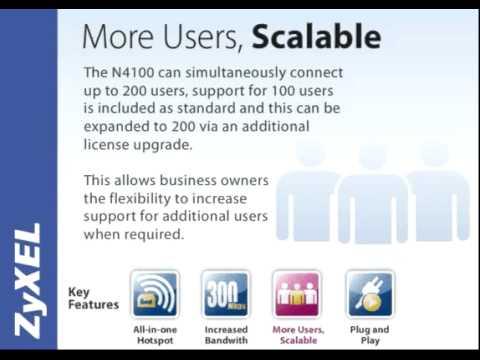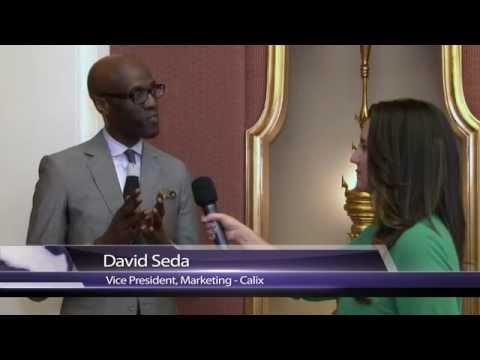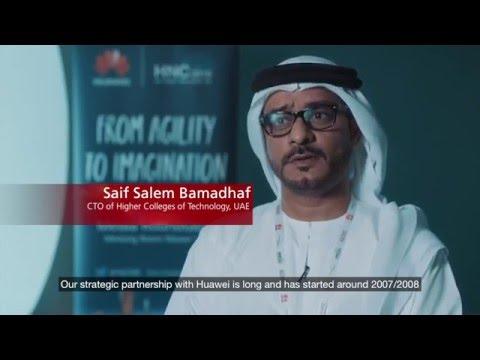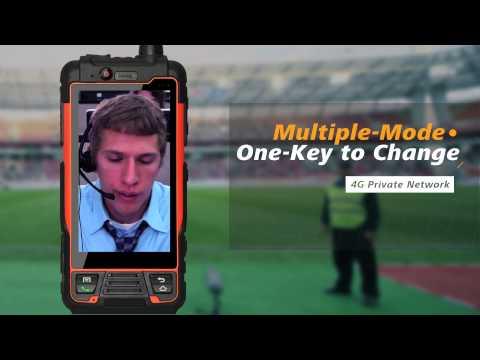Google Hotspot Demo At SXSW
Description
Google navigates toward location-based strategy at SXSW
AUSTIN, Texas-Marissa Mayer, VP of consumer products at Google, gave a keynote on Google Maps at South by Southwest (SXSW) on the first day of the Interactive Festival, March 11.
Mayer kicked off by asking the audience how many people used maps on their phone. The vast majority pointed toward the sky in placid agreement.
"There is something profound about location and mobile technology," said Mayer in a tone of enthusiastic glee.
The entire session was based on that old business school mantra: location, location, and location. An interesting statistic divulged by Mayer was that 40% of Google Maps usage was actually through mobile, which adds up to 150 million mobile users.
Version 5.2 is the newest download for the map software, but version 5.0 changed the platform the most, from tile-based to vector-based, making it faster, smoother and with the ability to take up less space along with an addition of 3D views.
Google Maps Navigation, on the other hand, allows not only for GPS technology but also puts the actual look of the street in the map, including what road features and businesses are located in the same viewpoint the motorist sees.
Thirty-five million miles a day are logged on Google Maps Navigation while users drive, noted Mayer, which adds up to over 12 billion miles a year.
A function that routes around traffic starting and ending points is able to give the three best routes, giving users the option to follow their chosen course, with the least amount of traffic labeled in green, medium traffic in yellow and the most congestion tagged in red. Mayer claims that traffic routes offered have saved all combined users a total time of two years every day since its existence.
Launched In November, Google Places with Hotpot, offered on Android and iPhone devices, gives recommendations to places a user may want to visit such as restaurants.
Google Maps and search can also use Hotpot. Recommendations are based on friends' votes and overall popularity ratings at a given business are personalized, giving the application its biggest reason for use. If a user doesn't have friends with which to share interests, those who have similar interests to the user's previous ratings are compared. Based on a social menu from friends and popularity overall, a user can find what will likely suit them.
Google Maps has six million places claimed by businesses to show where they are, while 20% of Google searches are for local information related to finding these points of interest, and add to the coffers of local economies. Related to Google Maps, street-view technology for panoramic images has been the norm for a while, but Google's Art Project, currently a part of 17 museums in nine countries, offers more than 1,000 pieces of artwork for view. Users are able to experience how a curator lays out exhibits, including the size, scope and presentation of each work in a collection. Each piece of art is shot with seven billion pixels per image to allow for the ability to zoom in and out or provide a different view of an object. In a painting, for example, users can zoom in to brush strokes, strands of paint and view different angles of the piece.
Mayer explained how we can help technology in the digital world mix with the physical world. In the future, she posited that if a person has a Google calendar, the platform will notice if that person is leaving town and may suggest flights, pull up weather forecasts and will give the best access to combat traffic, all based in real time.
When asked what happens to society if we only find what is supposedly awesome and if it may or may not kill our collective sense of discovery, Mayer replied, "Humans are just curious. I don't think that the prevalence of information makes us less curious. I 'm not worried about people looking for new things."





